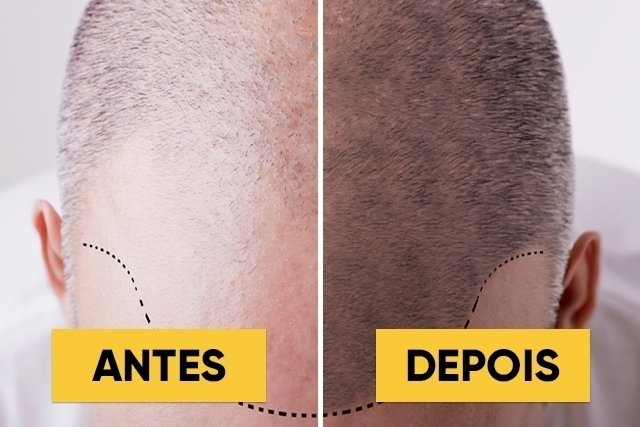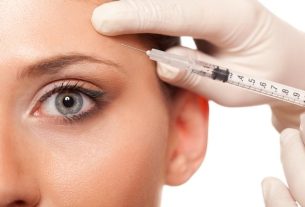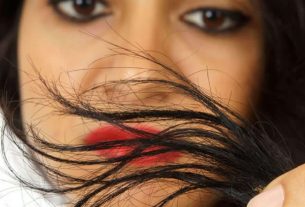In case of excessive hair loss, what you should do is go to the dermatologist to identify the cause and understand what the best form of treatment might be, which could include everything from an adapted diet to the use of specific products for hair loss. .
Hair loss is a natural process, but it is considered excessive when there is hair loss of more than 100 strands per day, which can be evidenced by intense hair loss when washing hair, combing or noticing a huge amount of hair in the hair. pillow when waking up. Hair loss can happen due to several factors, the most common being hormonal changes, stress and anemia, for example. See what the 10 main causes of hair loss are.
Treatment for hair loss depends on its cause and should be done according to the dermatologist’s guidance, but the most commonly used treatment options include:
1. Adapted diet

Increasing the consumption of foods rich in iron, zinc, omega-3 and beta-carotene, for example, can reduce and prevent hair loss, as they strengthen and guarantee the integrity of the hair. Improving your diet is essential to prevent hair loss, being one of the treatment options for postpartum hair loss, during hormone replacement therapy, infections and illnesses accompanied by high fever, physical or emotional trauma, post-operative , thyroid disease, nutritional deficiencies or very restrictive diets. See what is good for hair loss.
2. Suspension of medications

Some medications have hair loss as one of their possible side effects. Some more common cases are warfarin, heparin, carbimazole, vitamin A, lithium or amphetamines, for example.
Therefore, the best way to treat hair loss caused by the use of these medications is to consult the doctor who prescribed the medication and ask to change or discontinue it, replacing it with another option that does not have this type of side effect.
3. Hair transplant

Hair transplantation is one of the treatment options for male pattern baldness, as it is a surgical procedure in which hair is removed from a certain area, usually the back of the neck, chest or back, and implanted in the area where there is no hair. Understand how hair transplantation is performed.
Although hair transplantation is a great treatment option for baldness, there are less invasive procedures that stimulate hair growth, such as applying minoxidil or taking finasteride, for example. See how to treat baldness and other remedies for hair loss.
4. Use of antifungals

Normally the use of antifungals is indicated when hair loss is related to the presence of fungi, causing ringworm or ringworm, for example. The dermatologist usually recommends the use of griseofulvin or terbinafine tablets, in addition to 2.5% selenium or ketoconazole shampoo.
Hair care
To prevent hair loss, it is important to avoid actions that can damage the hair, such as straightening and combing, for example, which can lead to traumatic alopecia, which is hair loss resulting from trauma. Therefore, it is recommended to avoid straightening your hair too frequently, changing your hairstyle, avoiding dreads and braids, for example, in addition to avoiding tying wet hair and using the dryer too close to the roots.
It is also important to moisturize your hair, as it helps protect strands from the sun, cold and wind, leaving your hair healthier, shiny and soft. Check out 7 tips for hydrating your hair.
This hair-strengthening vitamin can also help prevent hair loss:

Sign up for our newsletter and stay up to date with exclusive news
that can transform your routine!
Warning: Undefined array key "title" in /home/storelat/public_html/wp-content/plugins/link-whisper-premium/templates/frontend/related-posts.php on line 12
Warning: Undefined array key "title_tag" in /home/storelat/public_html/wp-content/plugins/link-whisper-premium/templates/frontend/related-posts.php on line 13




